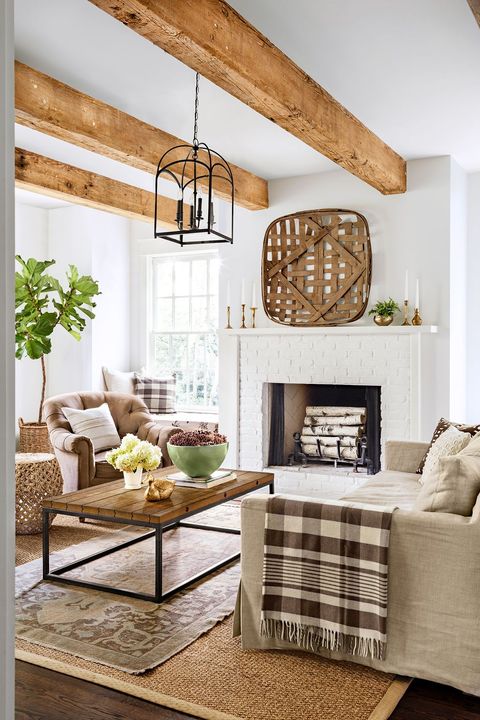
Modern homeowners are known to prefer decorative storage options with functional functionality. Wine racks make great decorative storage solutions, and shoe cabinets can store shoes. Smarter garage storage systems are the ultimate in organization, and most buyers are willing to pay more for homes with more than enough space. According to a National Association of Home Builders study, 90% of respondents want a walk in pantry.
Clear out clutter before you can make the most space. Once you've cleared the clutter, it's time to make a plan on where you want your items to go. Then, purchase storage containers based on your space and style. Make sure you have full access to your items. Often, people buy products they already own, which means that they don't know where to put them. When you build your home, it is a good idea to invest in storage.
FAQ
How important does it matter to be pre-approved before you apply for a loan
It's important to be pre-approved for mortgages. This will allow you to determine how much money you can borrow. This will help you decide if you are eligible for a loan program.
Do you prefer to do walls or floors first?
The best way for any project to get started is to decide what you want. It is essential to consider how the space will be used, who will use it, and why. This will help you choose flooring or wallcoverings.
You might choose to first install flooring if your goal is to create an open concept kitchen/living area. If you have chosen to make this room private then you could opt for wall coverings instead.
How much does it cost for a house to be renovated?
Renovations are usually between $5,000 and $50,000. Renovations are typically a major expense for homeowners, with most spending between $10,000 and $20,000
Statistics
- ‘The potential added value of a loft conversion, which could create an extra bedroom and ensuite, could be as much as 20 per cent and 15 per cent for a garage conversion.' (realhomes.com)
- Rather, allot 10% to 15% for a contingency fund to pay for unexpected construction issues. (kiplinger.com)
- They'll usually lend up to 90% of your home's "as-completed" value, but no more than $424,100 in most locales or $636,150 in high-cost areas. (kiplinger.com)
- It is advisable, however, to have a contingency of 10–20 per cent to allow for the unexpected expenses that can arise when renovating older homes. (realhomes.com)
- Most lenders will lend you up to 75% or 80% of the appraised value of your home, but some will go higher. (kiplinger.com)
External Links
How To
How do you plan a complete home remodel?
Planning a home remodel takes planning and research. Before you begin your project, there are many things to think about. The first thing to do is decide what kind of home renovation you want. You could choose from different categories such as kitchen, bathroom, bedroom, living room, etc. Once you've chosen the category you want, you need to decide how much money to put towards your project. It's best to budget at least $5,000 per room if you don't have any experience working on homes. If you have some experience, then you might be able to get away with less than this amount.
After you have determined how much money you have available, you can decide how big of a project you would like to undertake. If your budget only allows for a small renovation of your kitchen, you will be unable to paint the walls, replace the flooring or install countertops. On the other side, if your budget allows for a full renovation of your kitchen, you'll be able do just about any task.
Next, find a contractor who is skilled in the type and scope of work you wish to undertake. You will be able to get great results and avoid a lot more headaches down in the future. After finding a good contractor, you should start gathering materials and supplies. Depending on the project's size, you may have to buy all of the materials from scratch. You shouldn't have any trouble finding the right item in pre-made stores.
Now it's time for you to start planning. You will first need to sketch out an outline of the areas you plan to place appliances and furniture. Next, plan the layout. It is important to allow for electrical and plumbing outlets. Make sure to position the most visited areas close to the front door. Visitors can also easily access them. Finally, you'll finish your design by deciding on colors and finishes. Keep your designs simple and in neutral tones to save money.
Now it's time for you to start building. It's important that you check the codes in your area before you start construction. Some cities require permits. Others allow homeowners to build without permits. First, remove all walls and floors. You will then lay plywood sheets to protect your new flooring. Next, you'll attach the wood pieces to the frame of your cabinets. Finally, attach doors and windows.
There are some final touches that you will need to make after you are done. For example, you'll probably want to cover exposed pipes and wires. This can be done with plastic sheeting and tape. You'll also want to hang pictures and mirrors. Be sure to tidy up your work space at all costs.
You'll have a functional home that looks amazing and is cost-effective if you follow these steps. Now that you know how to plan a whole house remodeling project, you can go ahead and get started!